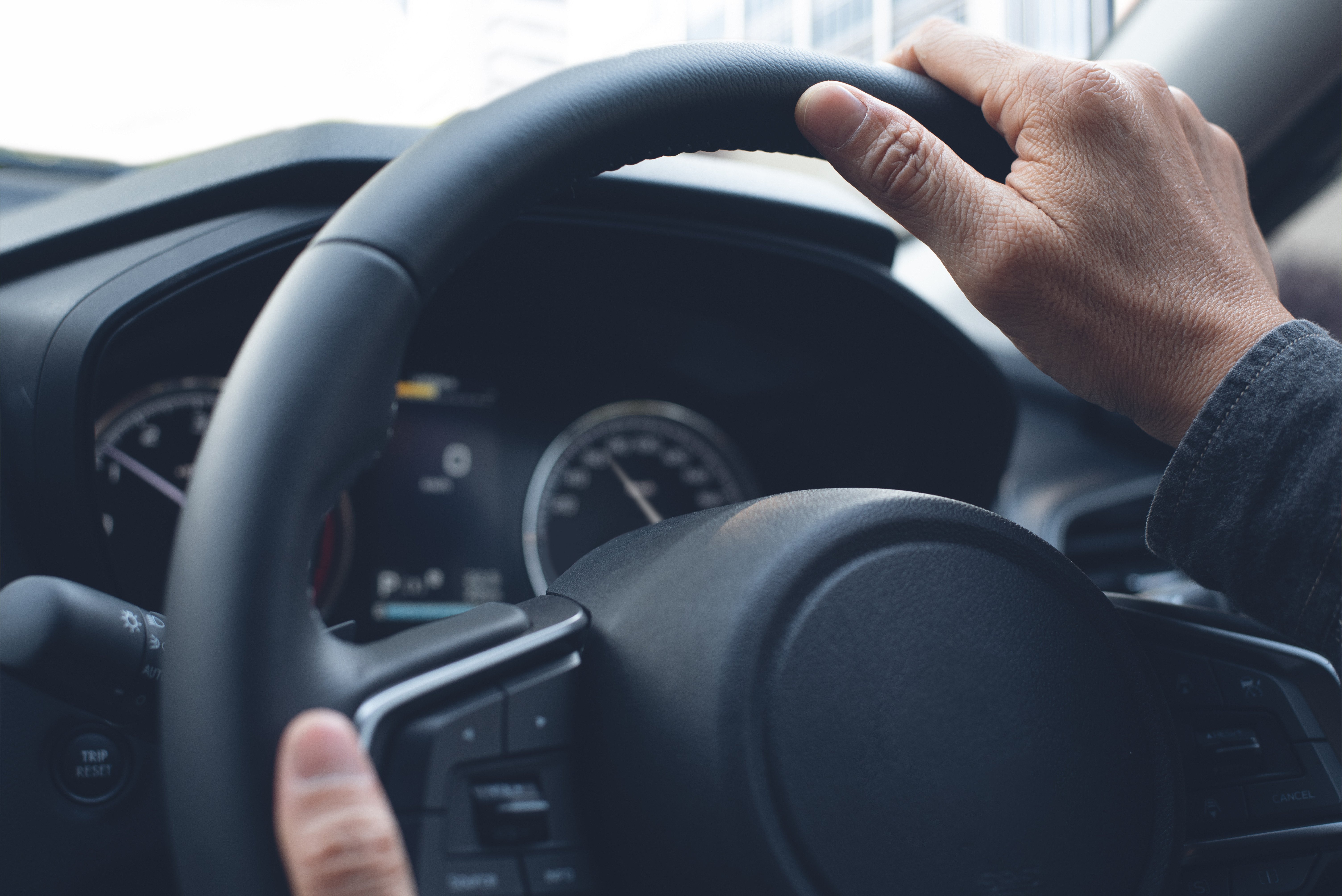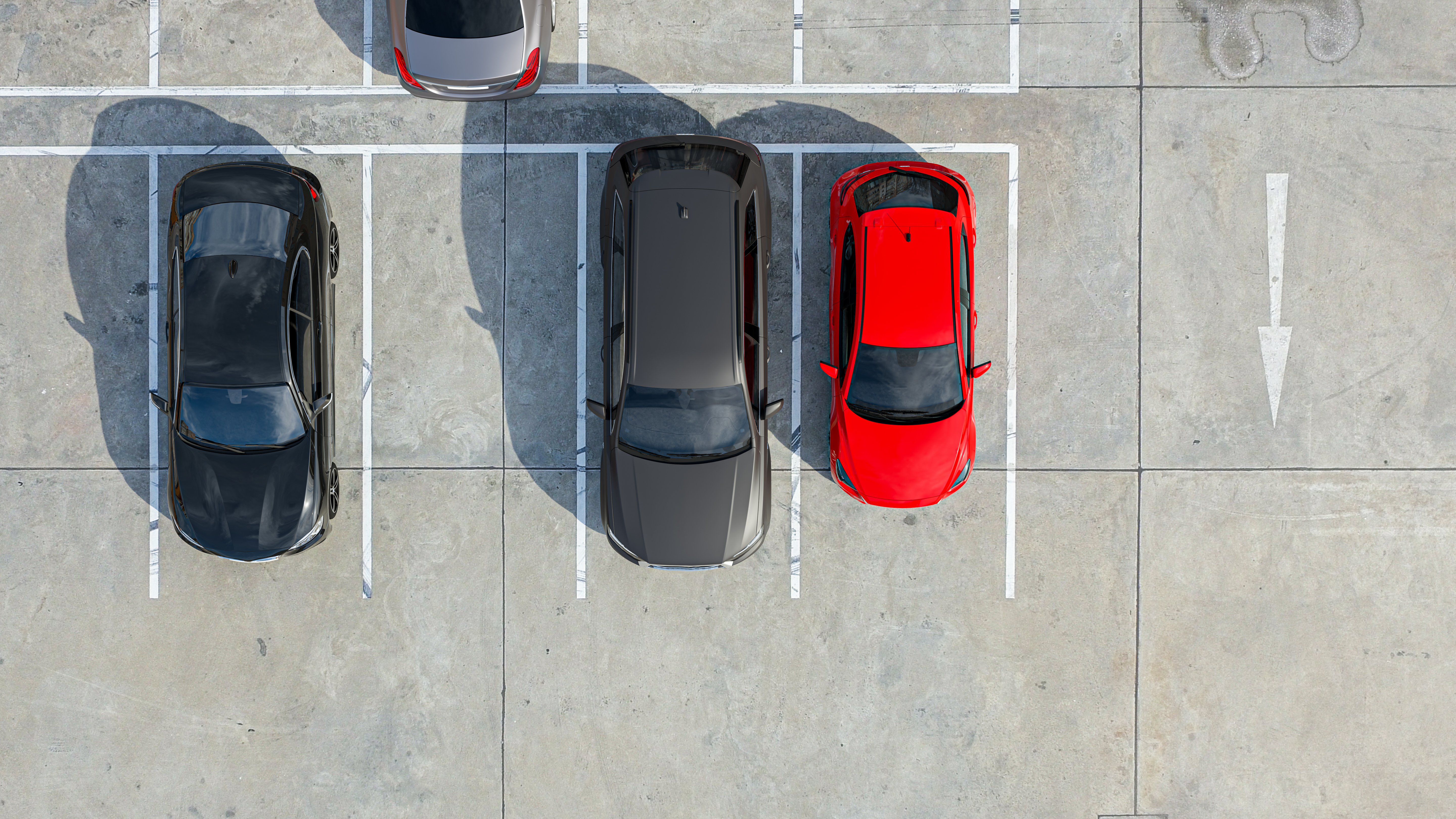 Do you consider tiredness levels before getting behind the wheel and driving?
Do you consider tiredness levels before getting behind the wheel and driving?
While it's difficult to test as we can with drugs, alcohol, and technology distractions, research consistently shows links between drowsy driving and serious crashes.
According to the National Highway Traffic Safety Administration (NHTSA), there were 684 fatalities involving drowsy drivers in 2021. Studies have shown that fatigue makes you three times more likely to be involved in a car crash. In 2017, drowsy drivers were associated with 91,000 police-reported crashes. Recent research estimates that more than 20% of fatal car crashes involve a drowsy driver.
So drowsy driving is a serious issue and poses significant risks to everyone sharing the roads. But why is it so dangerous, and what are some of the signs to look out for ahead of (and during) your next journey?
The Impact of Drowniness on Driving
Fatigued driving refers to operating a vehicle while experiencing extreme tiredness or drowsiness. It occurs when a driver's physical or mental state is compromised due to insufficient sleep, extended periods of wakefulness, or underlying sleep disorders.
Drowsiness slows reaction times, awareness, and attention. Driving after being awake for more than 20 hours is equivalent to driving with a blood-alcohol concentration of 0.08%, the legal limit in the United States.
The Warning Signs of Drowsy Driving
Recognizing the signs of fatigue while driving is crucial, as they are not always easy to identify.
Become aware of these red flags in yourself and those you work and travel with:
Yawning or blinking frequently
Excessive yawning or increased blinking may be a sign of drowsiness. The body uses them as temporary measures to stay alert and awake.
Trouble remembering the past few miles driven
If you find yourself struggling to remember the most recent parts of your drive, it may be a signal that fatigue has caused you to unintentionally rely on autopilot.
Missing your exit
Missing an exit or a turn you had intended to take suggests a lapse in concentration caused by drowsiness.
Drifting from your lane
If you find yourself unintentionally drifting from your lane or hitting the rumble strip on the side of the road, it's a clear indication of drowsy driving.
What To Do If You Notice Fatigue
While prevention is far better than cure when it comes to drowsy driving, if you notice any of these warning signs whilst behind the wheel it's important to take action as soon as possible.
Pull over at the nearest safe location and stretch your legs. Take a short nap if possible. A caffeinated beverage like coffee can help as a temporary measure, though is not a substitute for proper rest (bear in mind it takes about 30 minutes to take effect).
If you are traveling with someone who can share driving responsibilities, ask them to take over for a while.
How To Prevent Drowsy Driving
To ensure your safety and the safety of others on the road, follow these preventative measures:
Get enough sleep
The most important thing to do is get enough restful sleep before you drive. According to the AAA, "sleeping less than six hours increases your risk of falling asleep at the wheel; sleeping less than four hours is especially dangerous."
Aim to get at least seven hours of sleep each night as an adult, and ensure that teenagers get a minimum of 8 hours. The AAA also suggests traveling at times when you are normally awake.
Develop good sleeping habits
Stick to a consistent sleep schedule by going to bed and waking up at the same time every day, even on weekends.
Address sleep disorders
Signs of a sleep disorder include:
Loud snoring. Gasping or choking while asleep. Still feeling tired and unrested after eight hours of sleep. Falling asleep at unusual times. Trouble getting to sleep or waking up in the middle of the night.
If you suspect you have a sleep disorder, consult a medical professional for a proper diagnosis and discuss potential treatment options.
Avoid medications that induce drowsiness
Before driving, carefully read the labels of any medicines you are taking to ensure they do not cause drowsiness. If you are unsure, consult with your pharmacist or healthcare provider.
Do not drink alcohol before driving
Alcohol impairs driving skills and exacerbates drowsiness, so it is essential to abstain from alcohol before getting behind the wheel.
Driving while fatigued is a hazardous habit that greatly heightens the likelihood of road accidents. The consequences of driving while drowsy go beyond the data released by authorities, making it imperative for individuals to recognize the symptoms and implement preventative actions.
Prevent Fatigued Driving Using The Smith5Keys®
Key1. Aim High in Steering® - Look ahead to where you will be at least 15 seconds into your future.
Key2. Get the Big Picture® - Check at least one of your mirrors every 5 to 8 seconds.
Key3. Key Your Eyes Moving® - Keep your eyes moving every 2 seconds.
Key4. Leave Yourself An Out® - Choose the proper lane and adjust speed accordingly to maintain your space cushion.
Kay5. Make Sure They See You® - Send your warning signals as soon as you think they will be recognized not too soon or too late.
Safe driver behavior helps make our roads safer for everyone on the road. Learning and applying The Smith5Keys® can assist drivers in preparing for and safely responding to the hazards caused by fatigued driving.









